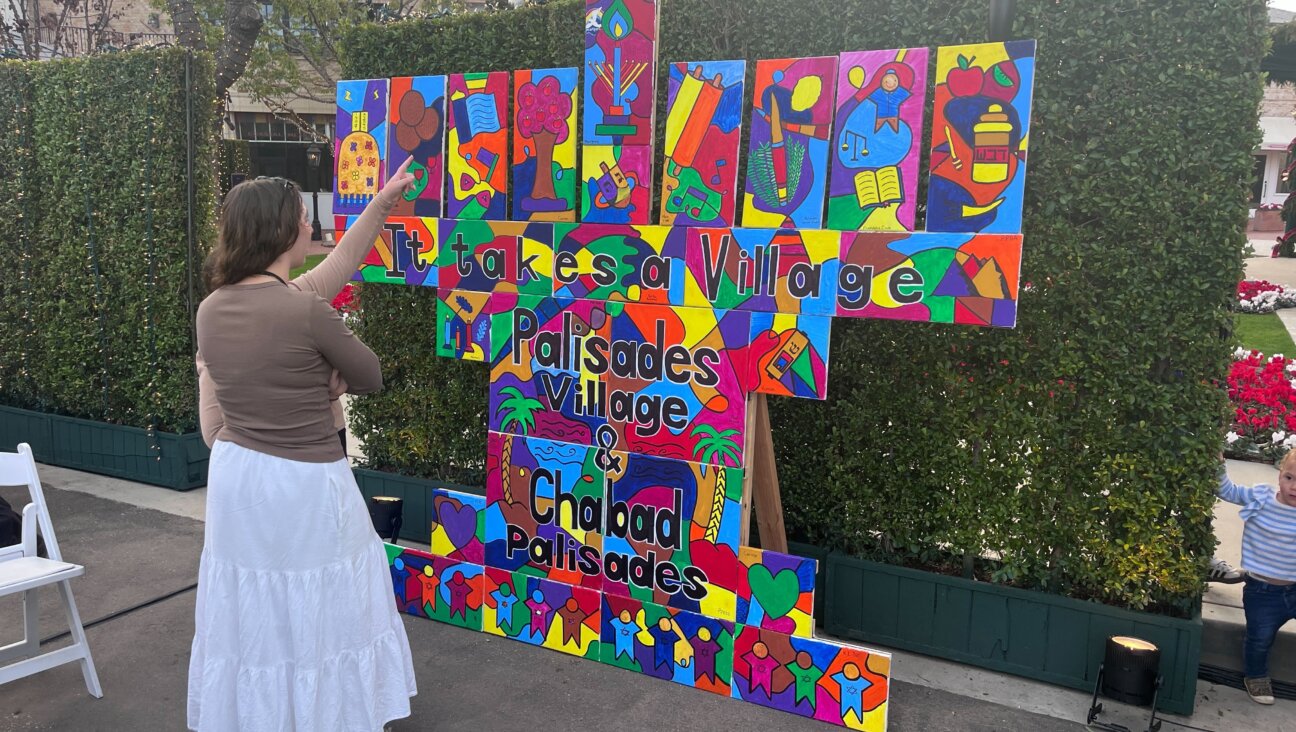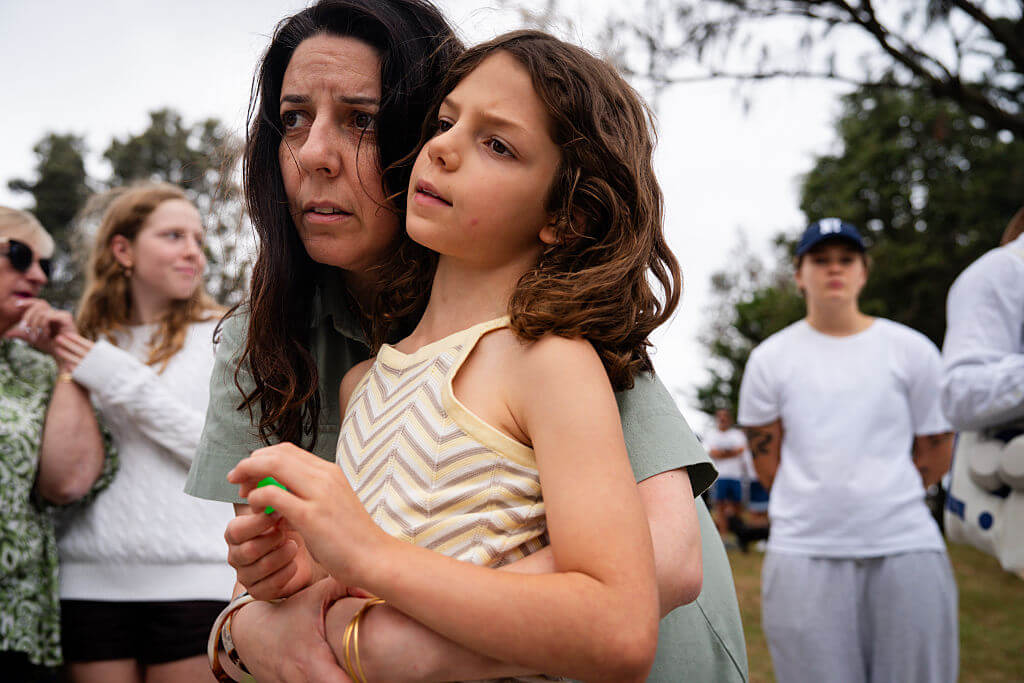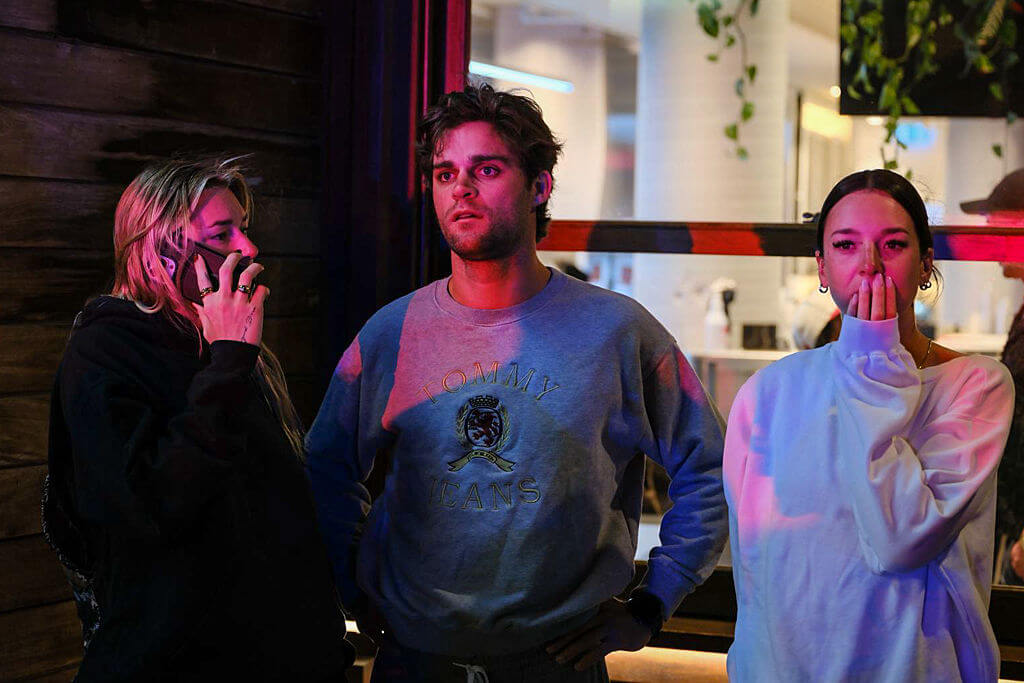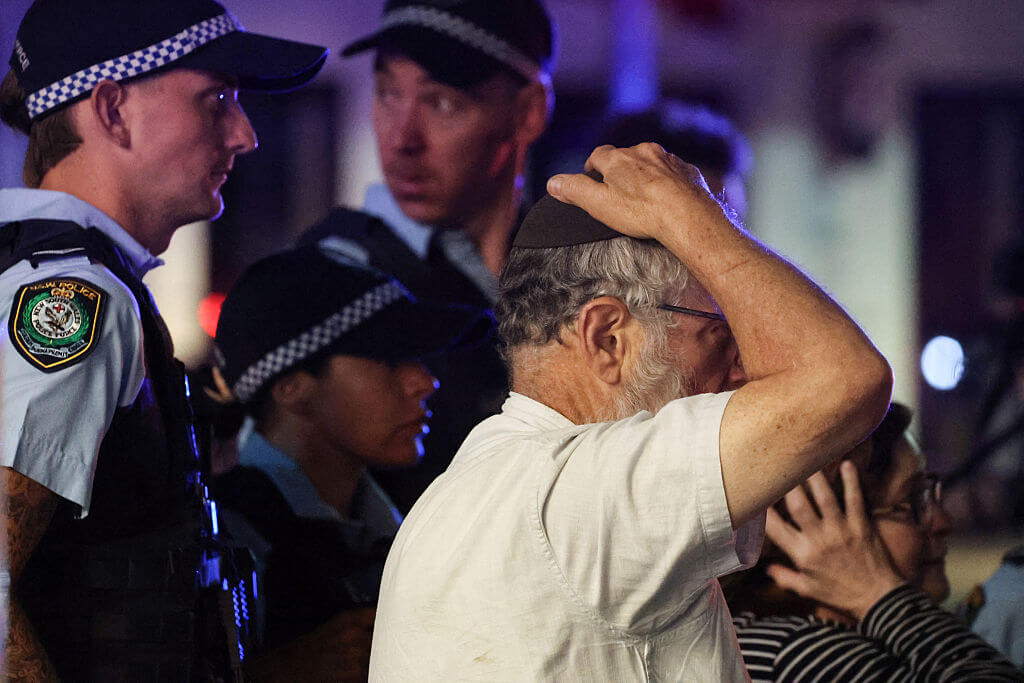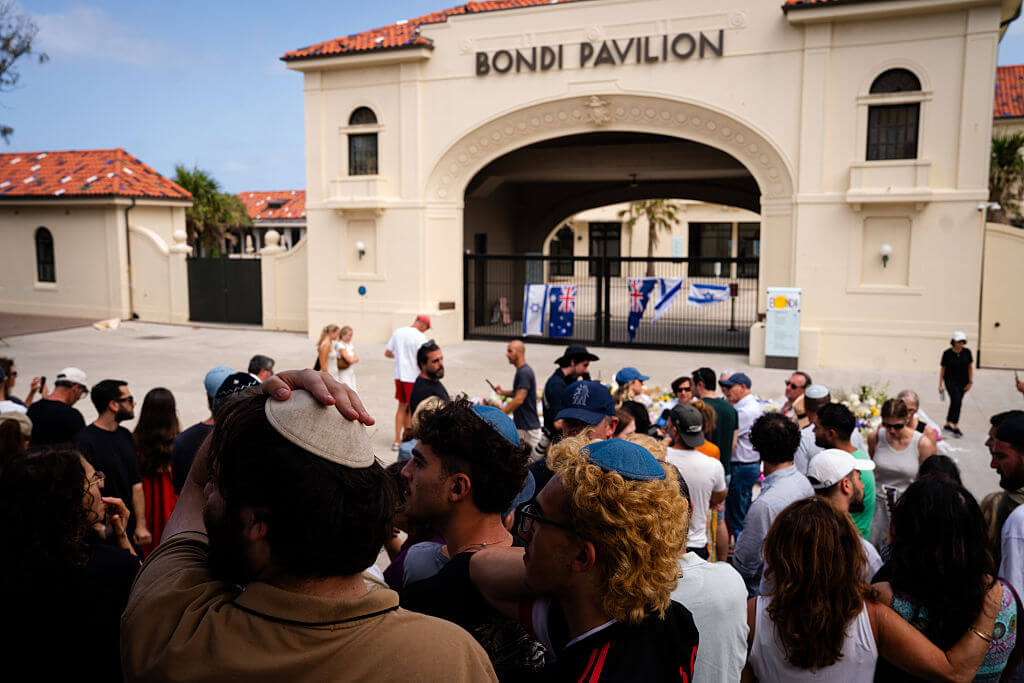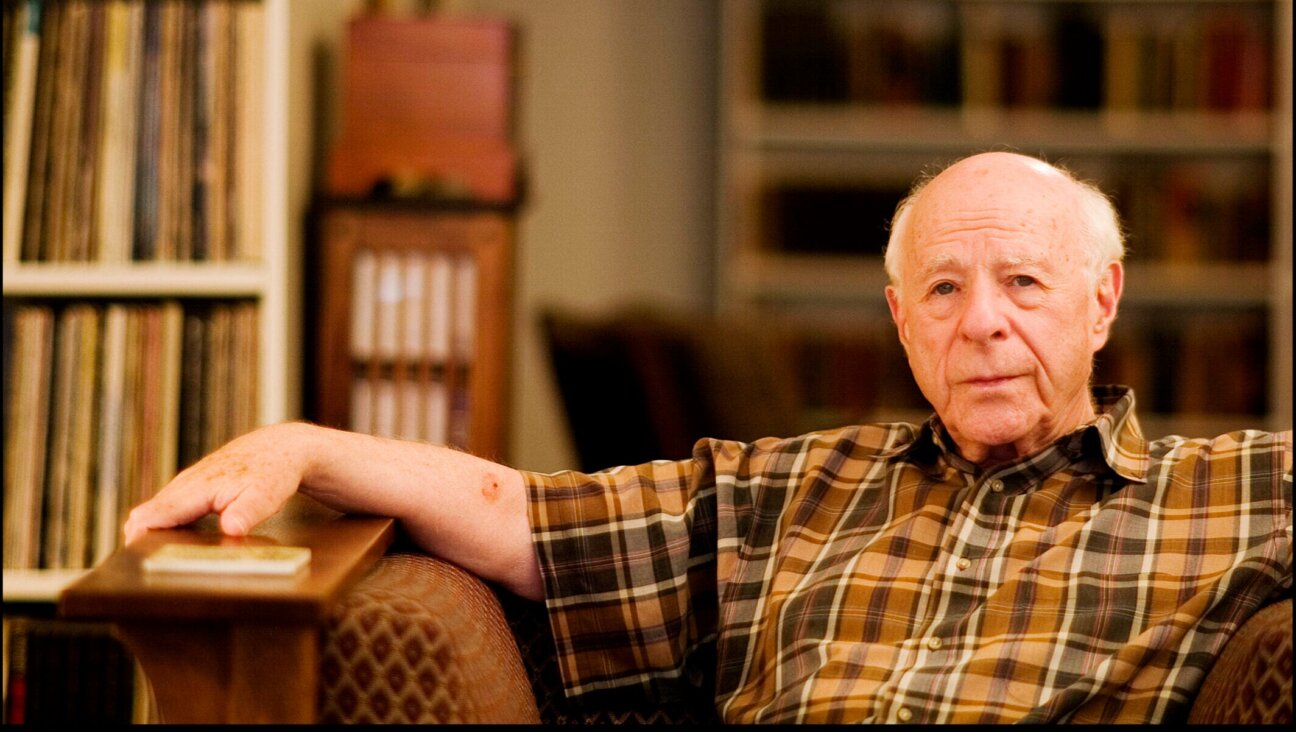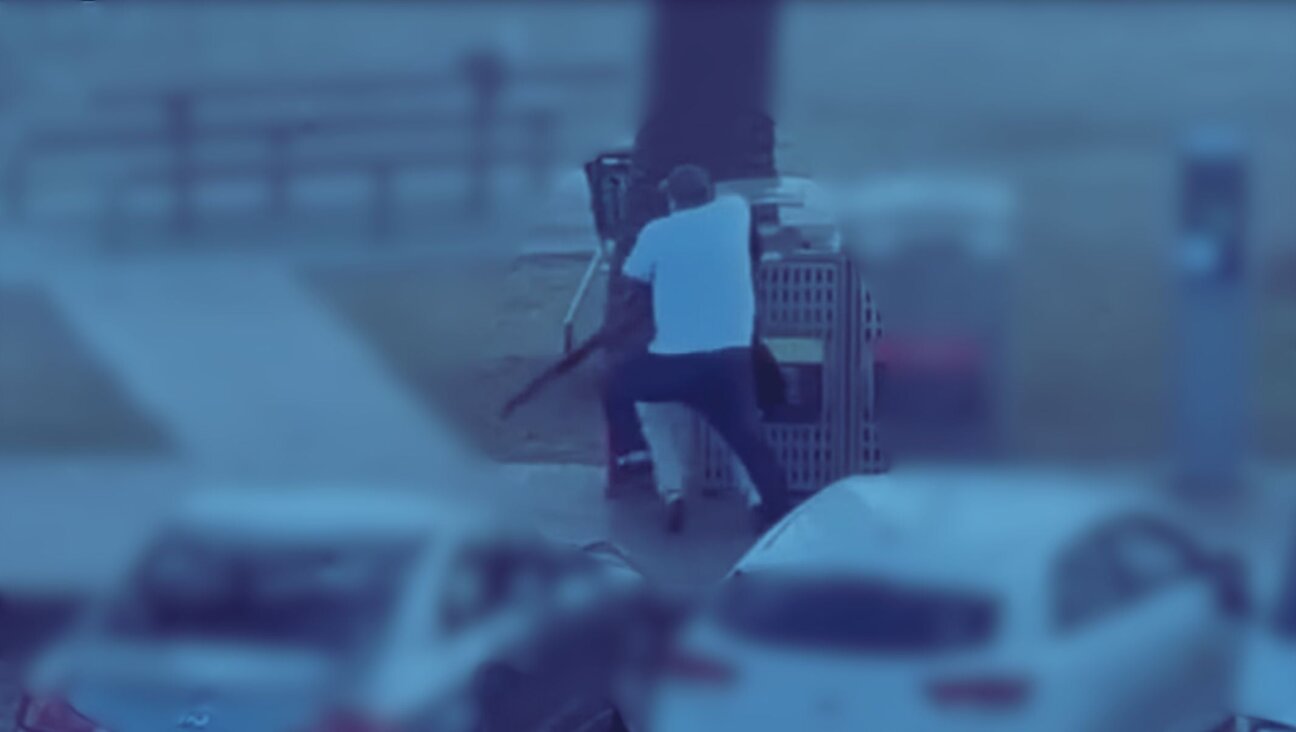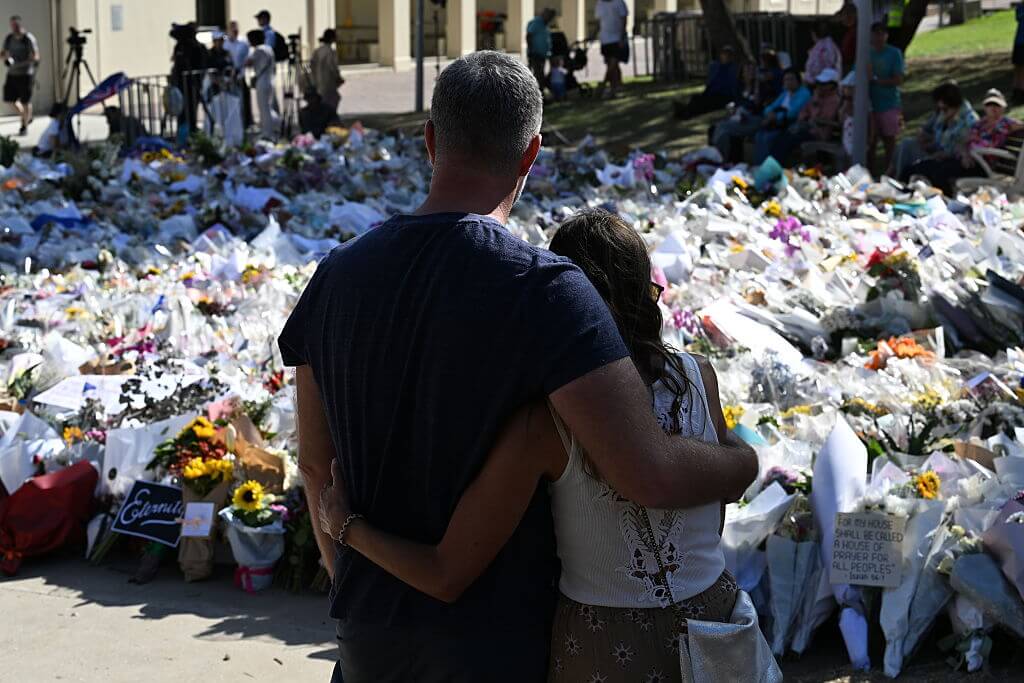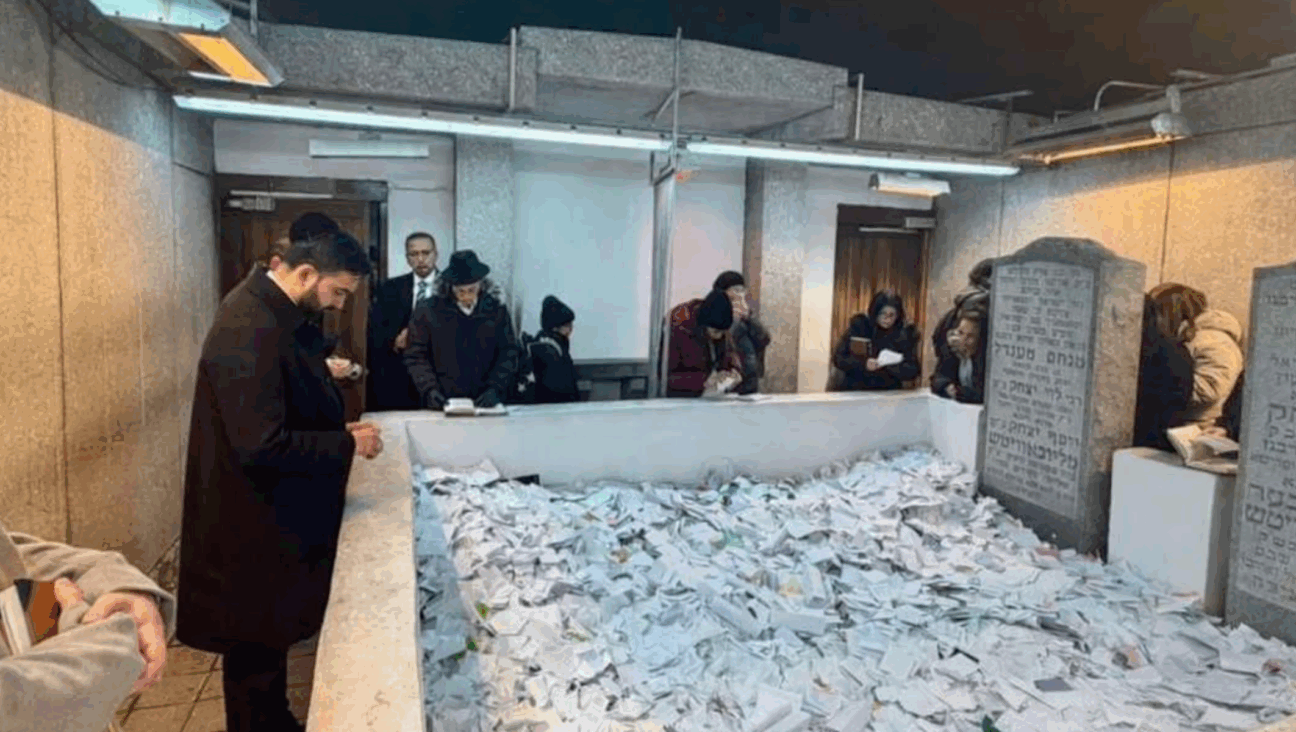Springing Into Action
In the hospital where I spent my critical care rotation, the patients in the intensive care unit (“the unit,” for short) weren’t as sick as those in some other hospitals. They were all more or less aware and oriented to their surroundings. You could have a conversation with them.
On one not particularly busy day, a team of doctors was standing in a patient’s room, chatting. The full-length windows (a common feature of ICU architecture) showed a sunny day. We were talking both to and about the patient, shifting easily between including him in the conversation and cutting him out of it. A nurse popped into the room occasionally, to take care of something or to confer with one of the interns. The other students and I hung out in the back of the room, talking about what residency programs we matched with and about our upcoming vacations. It was strangely peaceful.
Once again, a nurse again came into the room; she whispered to an intern. The intern’s face assumed an expression of practiced frustration, and he left the room with a sigh. Purely out of curiosity, we three students followed him into an adjoining patient room. There the electronic monitor showed a grossly irregular heartbeat, and the elderly man in the bed said he felt uncomfortable and couldn’t breathe. We couldn’t breathe for a second, either — we knew that the heart irregularity we were looking at was deadly, more often than not.
Then everything started to happen at once. Someone called out, “Let’s bag him!” and a mask was placed over the man’s nose and mouth to help him breathe. He was still conscious and could state his name clearly through the mask, even though the beat on the monitor was still irregular. “He won’t be conscious for long with that rhythm,” someone said.
Someone else called a code, or a signal over the loudspeaker connoting a medical emergency. More generally, a “code” is the high drama of resuscitation made mundane by repetition. It’s a combination of shared concentration, workplace banter and choreography that no one ever should have to witness as a bystander. This was the last code I saw as a medical student, which means it was the last code I could spend flattened against a wall, hoping no one would run into me, and occasionally running tubes to the laboratory or trying to page someone on the phone. I couldn’t see the patient from the corner where I was standing, but the elderly man was now lying quietly on the bed as the team maneuvered around him. I hoped for his sake that he was already unconscious.
To the uninitiated, a code is chaos. I’m definitely not fully initiated yet, but I know enough to say that the chaos is only apparent. People participating in a well-run code, like any other piece of complicated teamwork, have their well-defined roles.
But even in this lifesaving drama, people can demonstrate their flaws. One doctor — whose specialty I won’t reveal — wasn’t able to do what he was supposed to do. And when the senior resident, who was running the code ( i.e., giving orders and directing the choreography), told him to take a minute and do what he should have done, he responded with an expletive.
To everyone’s great credit, no one paid any attention. There were smirks and raised eyebrows, but people kept on doing what they were supposed to do. This was the first remarkable phenomenon of the code: Conflicts that ordinarily might have disrupted the choreography only served to emphasize how smooth it was.
One other thing happened, which is horrible to relate. Despite everyone’s best efforts, the patient died. Half an hour after the 20 or more people in the not-so-large room had begun their unsuccessful struggle, only a few people remained with the deceased, and it was time for our team to resume rounds. We went back out into the hall and talked about the other patients. Then, finally, we retreated to the on-call room.
But even then, when we were safely out of view of everyone else on the unit, it was not a time to cry or to mourn. We kept talking. The attending physician who was rounding with us said that we should not beat ourselves up about the patient’s dying, that everything had been done the right way. He made a few observations about the code, we shared our impressions, and that was that.
In the cold summary of hospital jargon, the patient had “coded.” A hospital doesn’t allow much deliberation during the aftermath. Perhaps the only lesson to be learned is that best expressed by Robert Frost in his poem “Out, Out,” about a horrible accident:
Except there is a saving grace. The affairs we turn to in the hospital are the saving of other lives. For good or ill, this is the only ritual observed in every hospital on the death of a patient: going back to work.
Zackary Sholem Berger is a frequent contributor to the Forward. He will start his primary care residency at New York University in July.



